OT Turnkey Project
O.T. Room
we offer following materials made under the extremely hygienic condition, for ceiling and wall panel in the modular operation theater to actually give a modular presentation with facilities to any simple looking operation theater:
- 1.6 mm thick EGP panels, backed by 12mm thick gypsum
- SS202 or ss304 stainless steel panels
- Laminated panels under high pressure as per EN standard
for best and durable results - PUF sandwich panel
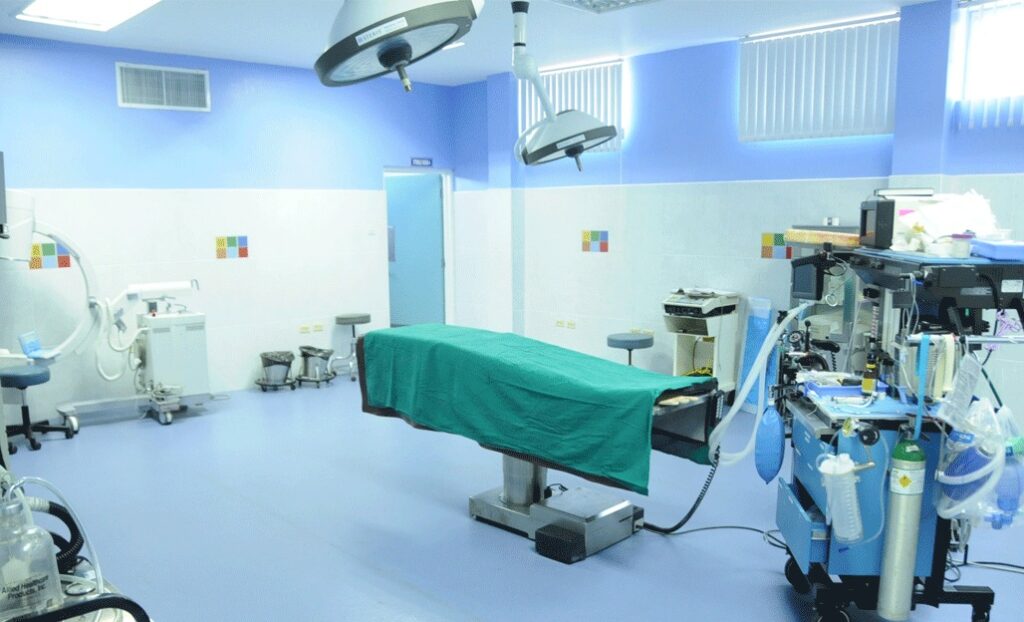
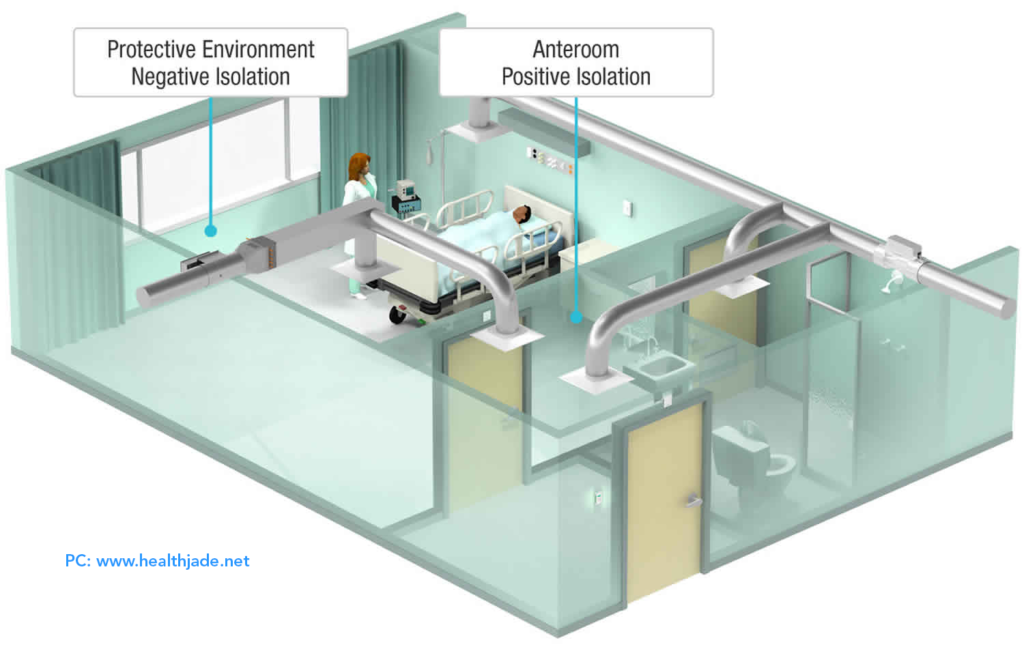
Negative Pressure Room
The NICU has two negative pressure isolation rooms. The air pressure in these rooms is lower than adjacent areas, which keeps the air from flowing out of the room. This helps with infection control in this critical care unit. The room will allow for the care of neonates (newborns up to 28 days) who are readmitted from home.
Positive Pressure Room
The NICU has two Positive pressure isolation rooms. The air pressure in these rooms is lower than adjacent areas, which keeps the air from flowing out of the room. This helps with infection control in this critical care unit. The room will allow for the care of neonates (newborns up to 28 days) who are readmitted from home.
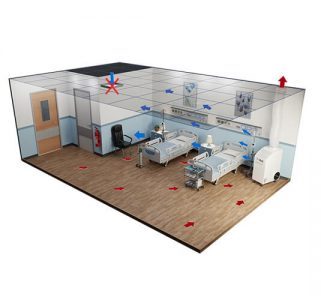
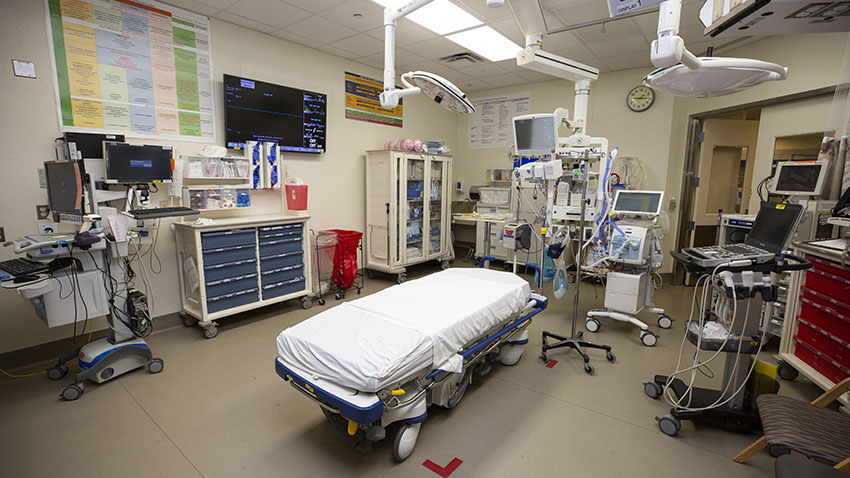
I.C.U.
The Intensive Care Unit is a section of the hospital equipped to care for the sickest patients. Rooms are set up for intensive patient monitoring. This can include equipment that continuously tracks and transmits information about a patient’s condition, such as cardiac function, blood pressure, oxygen levels, breathing, temperature, and more. The rooms also have large windows so that staff can monitor the patient visually, too. There is a higher ratio of caregivers to patients in the ICU. For example, a nurse may care for only one or two patients in the ICU compared to five or six on a standard medical/surgical floor.
N.I.C.U.
The Intensive Care Unit is a section of the hospital equipped to care for the sickest patients. Rooms are set up for intensive patient monitoring. This can include equipment that continuously tracks and transmits information about a patient’s condition, such as cardiac function, blood pressure, oxygen levels, breathing, temperature, and more. The rooms also have large windows so that staff can monitor the patient visually, too. There is a higher ratio of caregivers to patients in the ICU. For example, a nurse may care for only one or two patients in the ICU compared to five or six on a standard medical/surgical floor.

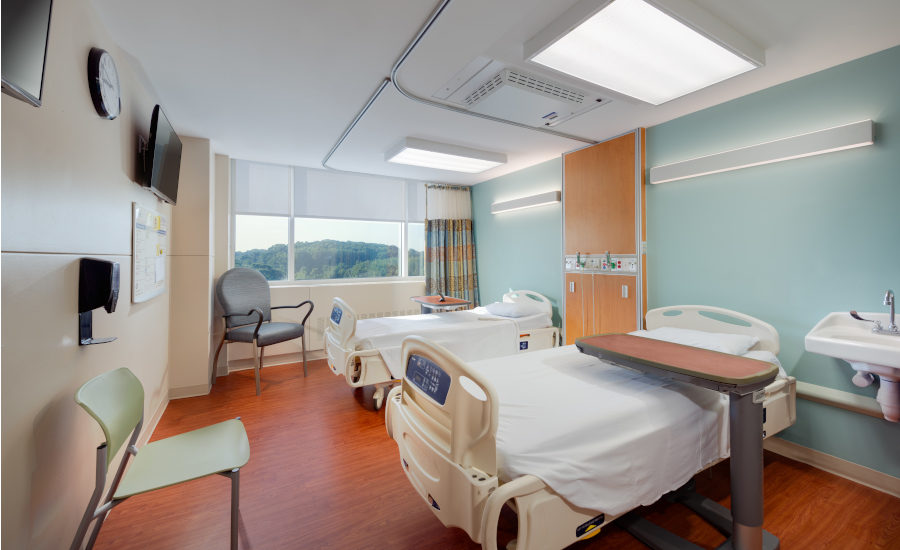
Isolation Rooms
In an existing facility, HVAC retrofits to meet airborne infection isolation room requirements for infection control can be challenging. Negative air pressure helps prevent the droplet nuclei of airborne diseases, such as COVID-19, from escaping the room and infecting others. Airborne infection isolation rooms are designed to contain viruses within the room with air pulled into the room from corridors and then either exhausted directly to the outside or passed through a high-efficiency air (HEPA) filter before it is returned to circulation.

